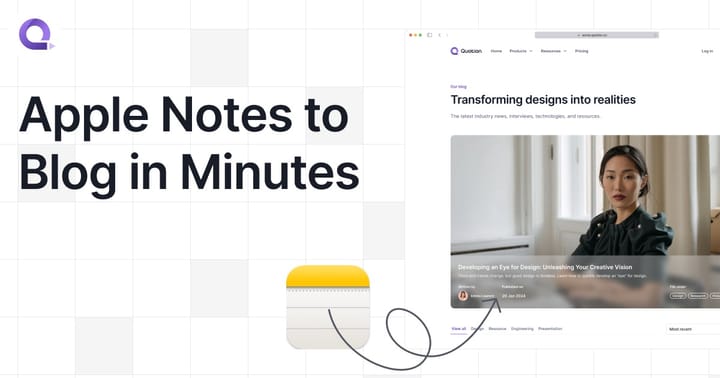Crafting Content in the AI Age: The Google-Bing Spectrum and the Rise of ChatGPT
How is writing content for Bing different from Google? In light of Bing pushing heavily forward with ChatGPT and AI features, SEO content creation has already changed. But how? Here are some of my initial thoughts.

The Art of Creating Content for Different Search Engines
Creating content for the digital world often feels like a balancing act. We write with an audience in mind, yet we also need to please the digital gatekeepers – search engines like Google and Bing.
It's worth noting that crafting content for Bing isn't the same as doing so for Google.
These platforms have different algorithms, priorities, and user behaviors. But what should we consider when writing specifically for Bing? And how has the rise of AI, specifically ChatGPT, changed our approach to content creation in 2023?
Bing vs. Google: Distinguishing the SEO Landscape
While both Google and Bing serve similar functions, their algorithms evaluate and rank content differently. Google's algorithm is complex, placing high importance on factors like backlinks, mobile responsiveness, and site speed. Bing, on the other hand, places significant emphasis on social media integrations and the relevance of content to a user's search query.
The best approach to feed an AI with information is to provide it with diverse, high-quality input data.
This difference means that when crafting content for Bing, we need to consider different parameters. Ensure that your content is relevant and highly targeted to your audience. Make sure that it's easy to share on social media platforms and consider embedding video content, as Bing tends to favor websites with multimedia elements.
The Impact of AI and ChatGPT on Content Creation
In 2023, the arrival of AI like ChatGPT is revolutionizing the content creation process. While earlier AI tools were seen as primarily useful for menial, repetitive tasks, ChatGPT and its peers are capable of generating creative, contextually rich content. This shift changes the dynamics of content creation, but it doesn't eliminate the need for human touch. AI is a tool, not a replacement.
The best approach to feed an AI with information is to provide it with diverse, high-quality input data. This means feeding it with varied, well-written, and accurate content. It's also crucial to guide AI with clear prompts and objectives, giving it the necessary context to generate the desired output.
The Ideal Content Strategy: Blending Human Creativity and AI Efficiency
As we adapt to this AI-driven landscape, we need to strategize our content creation process. The ideal approach blends human creativity with AI efficiency. Humans excel at understanding emotions, creating unique insights, and producing emotionally engaging content. AI, on the other hand, is great at handling large volumes of data, generating content quickly, and optimizing for SEO requirements.
Use ChatGPT and its peers to take care of repetitive tasks and generate drafts. Then, employ your human touch to refine this output, add unique insights, and ensure emotional resonance.
Looking Ahead – Crafting Content for Bing, Google, and AI
As content creators in 2023, we find ourselves writing for multiple audiences: our human readers, search engines like Google and Bing, and AI tools like ChatGPT. It's a complex, challenging, yet exciting landscape. By understanding the requirements of different search engines and effectively leveraging AI, we can craft content that resonates with our audience and performs well digitally.
Remember, AI is a tool, not a competitor. It's here to help us, not replace us. By combining our human creativity with AI efficiency, we can create content that stands out in the digital crowd. The future of content creation is in our hands – and it looks promising.


